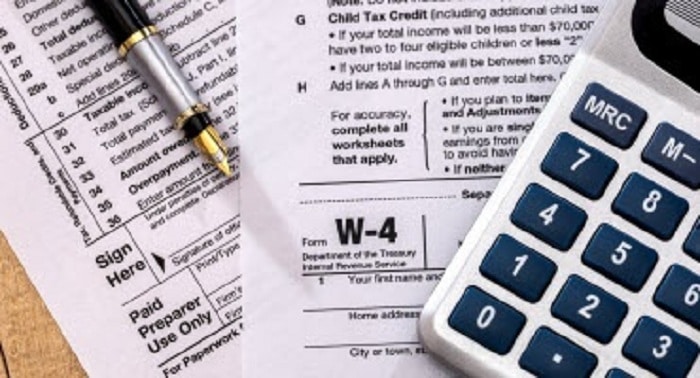Most taxpayers realize by now that the Tax Cuts and Jobs Act (TCJA), which was enacted in December 2017, repealed the long-standing deductions for personal exemptions and dependent exemptions. The previously determined amount of deduction associated with these exemptions was $4,050 per exemption. For example, a married couple filing jointly with two qualifying children would have had a $16,200 reduction in their taxable income attributable to this deduction.
Under the new law, the deduction is no longer available, and the previously-noted couple’s taxable income would increase by the lost value of the deduction. Assuming a 25% marginal tax rate associated with this income, the tax increase caused by this repeal would be $4,050.
To mitigate the harsh effect of the repeal, the legislation includes a provision to provide a child tax “credit” that can offset the additional tax attributable to the loss of the exemption deductions. At $2,000 per qualifying child, it might be assumed that the couple is able to offset the tax increase by the $4,000 child tax credit. In combination with an expanded standard deduction, the couple should end up with a net tax savings from the new law.
However, a problem for employees, and their employers, is how best to adjust their federal income tax withholdings in their paychecks in light of these changes. The basic strategy, historically, was to calculate a specific number of personal and dependency exemptions based upon a taxpayer’s facts and circumstances. That number was then included on Form W-4, Employee’s Withholding Allowance Certificate, which set the baseline for employer withholdings on the employees’ behalf.
With all of the changes in the new tax law that will affect employee/taxpayers in 2018, making a proper determination of how much tax should be withheld each pay is more difficult. Many of our clients, as well as their employees, have expressed some concern regarding the best way to calculate the appropriate federal income tax withholding amounts under the TCJA.
On February 28, 2018, the Internal Revenue Service issued IR-2018-36, announcing the release of a new “internet-based” withholding calculator, as well as a new version of Form W-4. The new withholding calculator will let employees verify that their tax withholding is proper following passage of the tax reform legislation and provide them with the information they need to fill out a new Form W-4, Employee’s Withholding Allowance Certificate. Employees must then submit Form W-4 to their employers to adjust their income tax withholding amounts.
Paycheck Checkup
The IRS encourages all taxpayers to perform a quick “paycheck checkup” to prevent having too little or too much tax withheld. Among the employees who should conduct a checkup using the withholding calculator are:
- Two-income families
- Individuals with two or more jobs at the same time or who only work for part of the year
- Individuals with children who claim credits such as the Child Tax Credit
- Individuals who itemized deductions in 2017
- Individuals with high incomes and more complex tax returns.
The new withholding calculator is not meant to be used by taxpayers with more complex situations, including the self-employed, individuals who owe the alternative minimum tax or have capital gains. Those taxpayers may need to wait until later in 2018 when the IRS updates Publication 505, Tax Withholding and Estimated Tax.
Using the Withholding Calculator
The calculator asks taxpayers to estimate their 2018 income and other items that affect their taxes. Therefore, before using the calculator, individuals should have a copy of their 2016 or 2017 tax returns along with a recent pay stub, available when they consider their 2018 income tax withholdings.
Taxpayers can use the calculator results to determine if they need to file a new Form W-4. The calculator will also help taxpayers to decide what information to put on the new form.
Click here to begin using the calculator.
Taxpayers who complete a new Form W-4 should submit it to their employers as soon as possible. In addition, taxpayers are encouraged to come back to the calculator as their circumstances change during the year to check their withholding amounts.
Special Notes
Of course, the IRS withholding calculator’s results are only as accurate as the information entered. Personally-identifiable information such as name, Social Security number, address or bank account numbers are not requested. Moreover, the IRS does not save or record the information entered on the calculator.
Lastly, taxpayers should always be on the lookout for tax scams and remember the IRS will not send emails related to the calculator or the information the taxpayer entered into the calculator.
Visit the IRS website for additional releases and clarifications related to the tax reform legislation.
As always, should you have any questions or comments, please contact Bob Grossman or Don Johnston at 412-338-9300.
Related Posts








